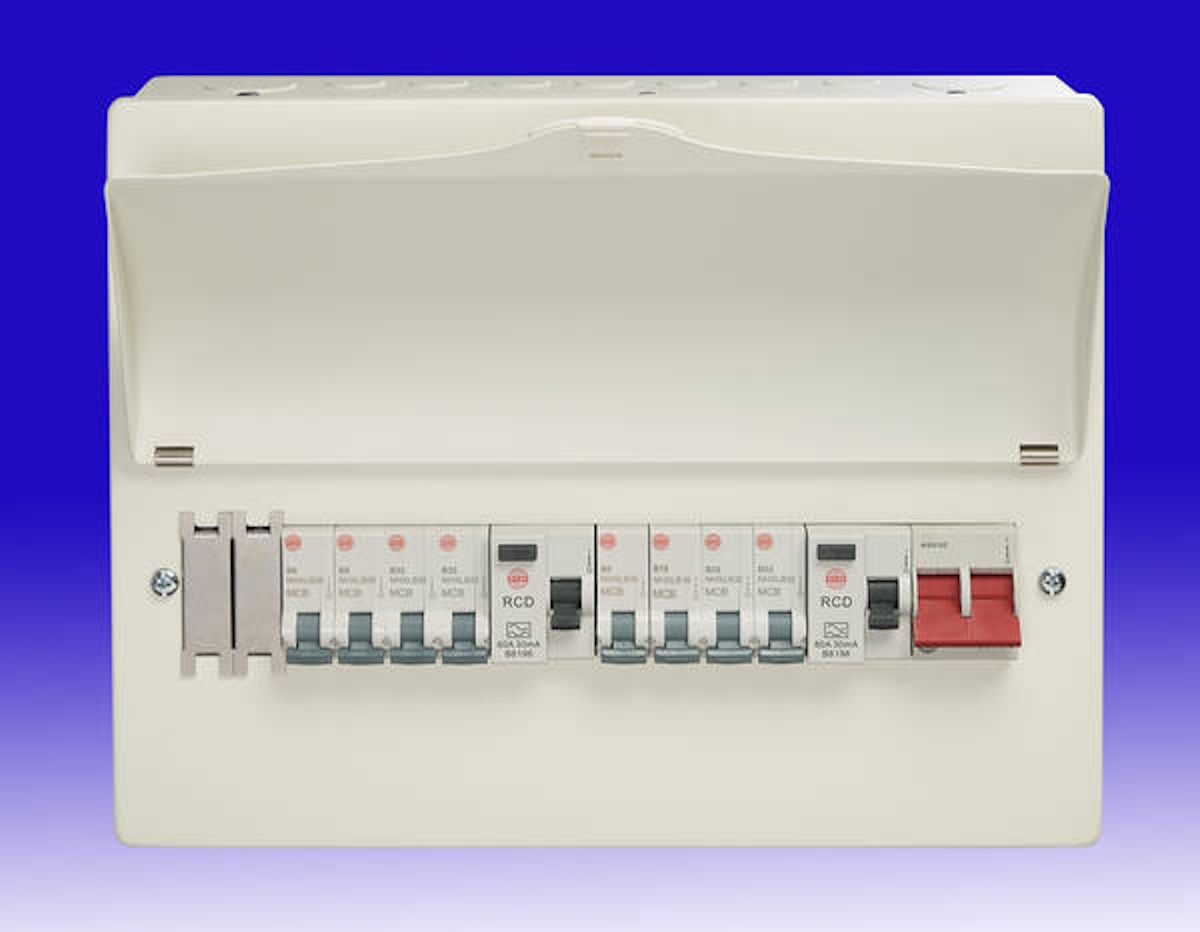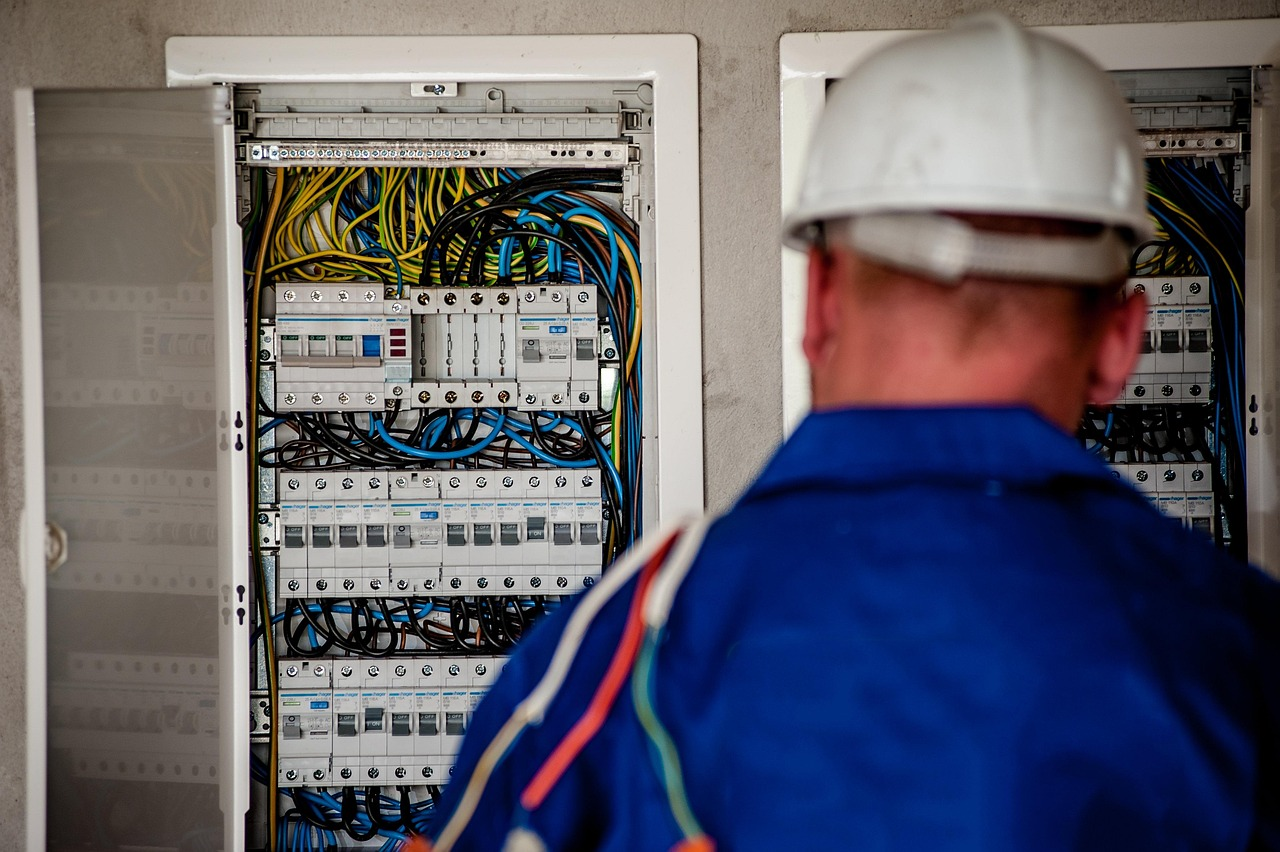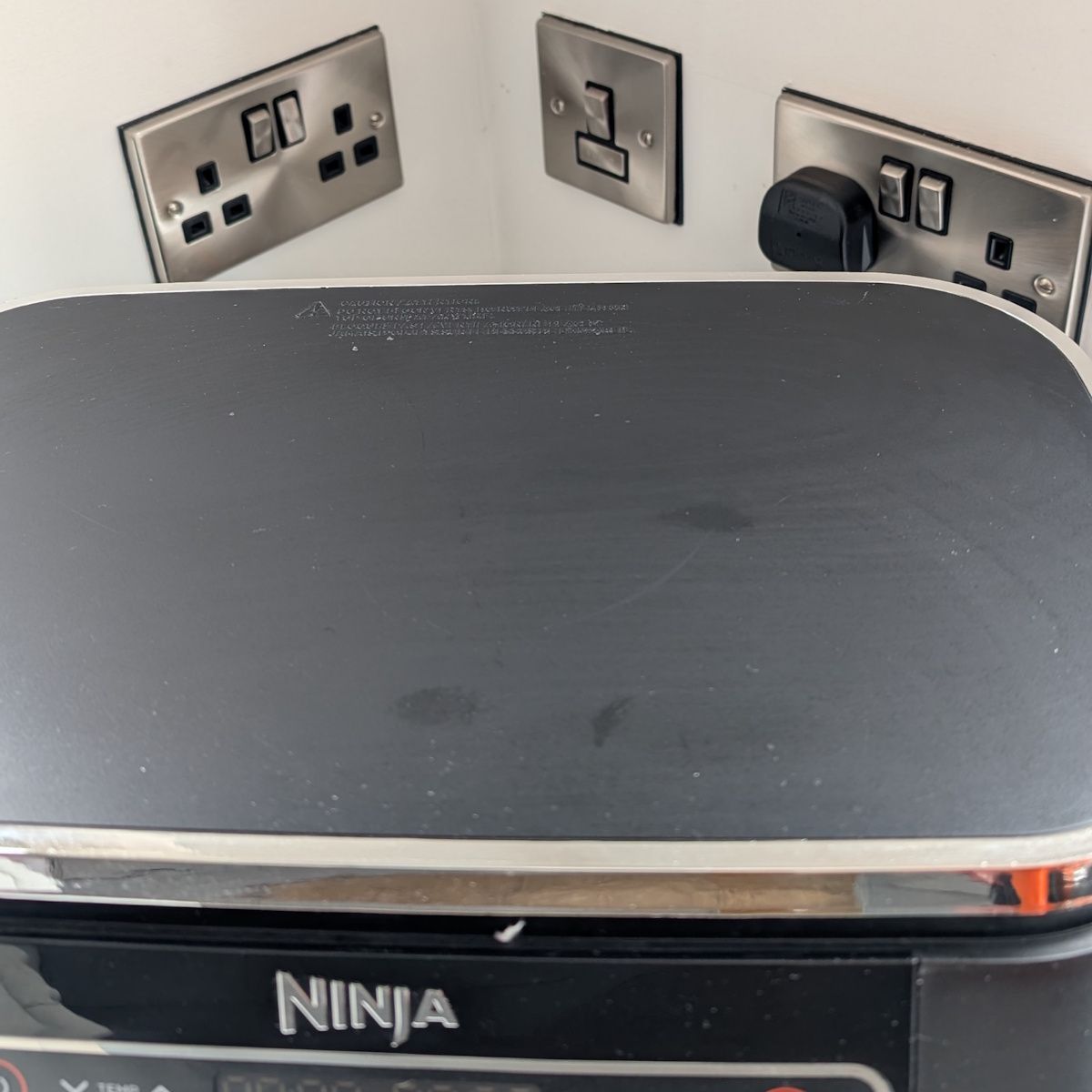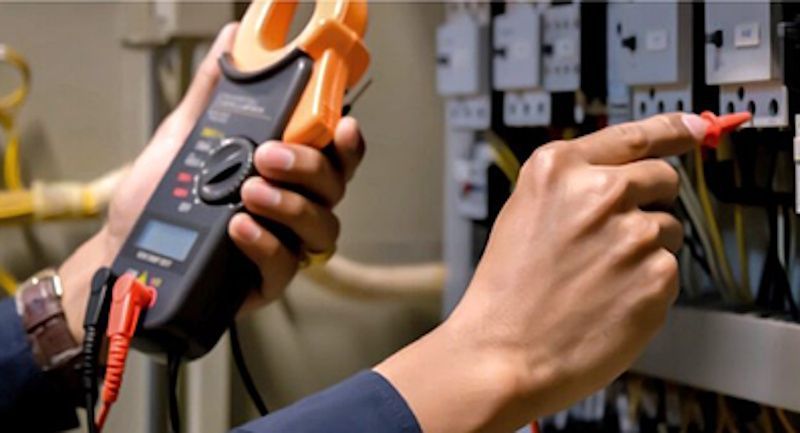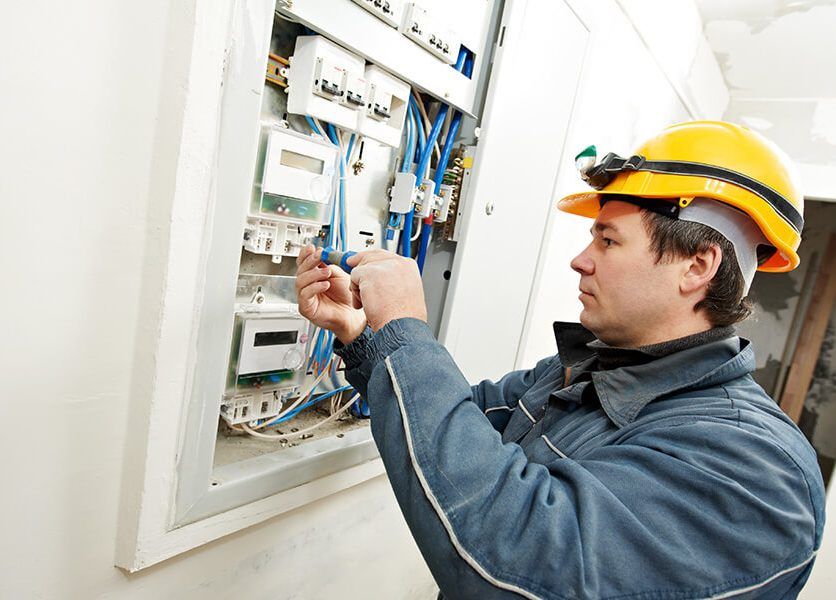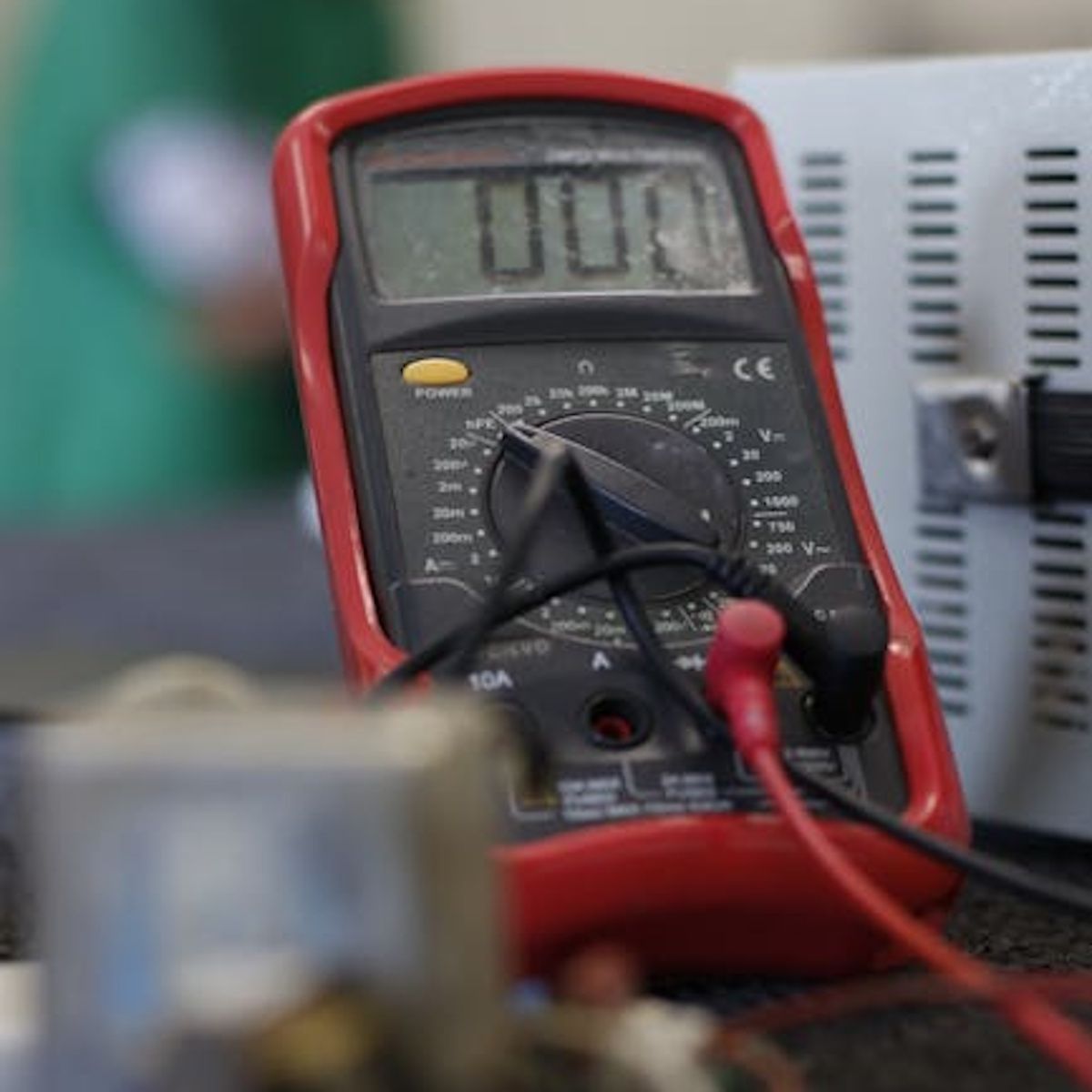PAT Testing Services, Tests, and What It Is
The Essential Role of PAT Testing in UK Safety Standards
Understanding PAT Testing
Portable Appliance Testing (PAT) is a critical process in the UK for ensuring the safety of electrical appliances in various settings, from workplaces to rental properties. It involves a thorough check that includes both visual inspections and electrical tests to identify any potential hazards or faults.
Why a PAT Testing Test Matters
Safety First
The primary purpose of PAT testing is to prevent electrical accidents and fires, which can lead to serious injuries or even fatalities. The Health and Safety Executive estimates around 1,000 electrical accidents occur annually in UK workplaces3. By detecting issues early, PAT testing helps to mitigate these risks.
Legal Compliance
The Electricity at Work Regulations 1989 mandates that all electrical equipment that could potentially cause injury must be maintained in a safe condition. While the regulations do not prescribe specific testing intervals, PAT testing is a widely recognised method to fulfil this legal requirement.
Equipment Longevity
Regular PAT testing can extend the life of appliances by identifying problems such as loose connections, damaged cables, and component wear before they lead to appliance failure.
Protecting Businesses
For businesses, non-compliance with electrical safety regulations can result in hefty fines, penalties, or even imprisonment. PAT testing demonstrates a company’s commitment to safety and can protect against legal consequences.
Insurance Requirements
Many insurance companies require evidence of regular PAT testing as part of their terms for coverage. Failure to comply can invalidate insurance policies in the event of an electrical incident.
Peace of Mind
Knowing that appliances are regularly tested and maintained provides reassurance to employers, employees, and customers alike that they are operating in a safe environment.
The PAT Testing Process
A competent person, often a trained electrician, conducts PAT testing. The process includes:
- Visual Inspection: Checking for any visible signs of damage or wear.
- Functional Checks: Ensuring the appliance operates correctly.
- Electrical Tests: Measuring earth continuity, insulation resistance, and more.
PAT testing is more than just a regulatory checkbox; it’s a fundamental aspect of maintaining safety standards in the UK. It protects people, ensures compliance, and preserves the integrity of electrical appliances. For any business or landlord, investing in regular PAT testing is not just a legal obligation but a wise decision for safety and success.



